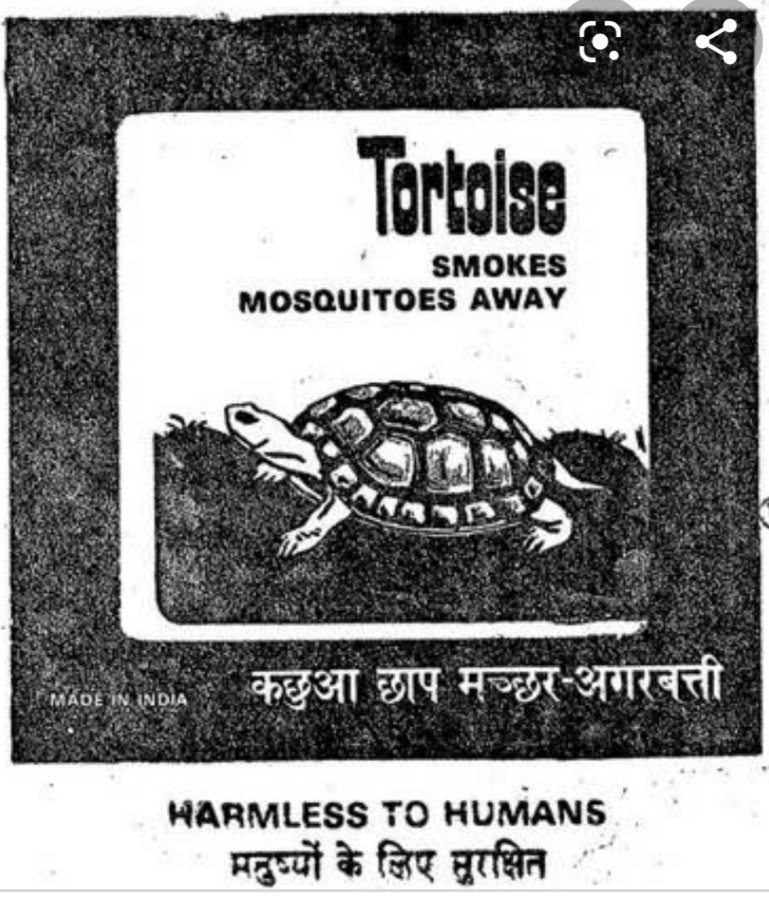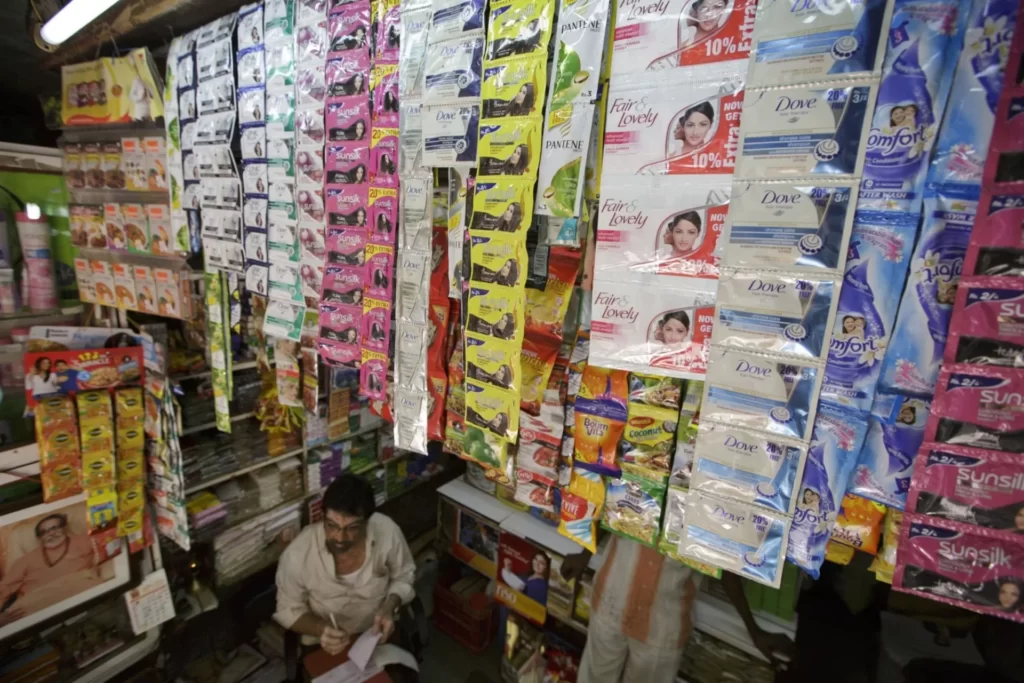Forgotten Brands – Tortoise (Kachua) Coil

Tortoise was the leader and had a huge market share, but hubris was the downfall of the brand. It had become a has-been by the 2000s.
To ward off mosquitoes, a dry paste of pyrethrum powder is often rolled into a spiral coil and burned. Typically, the coil hangs at the core of the spiral. The smoke from the fire acted as a deterrent to mosquitoes, and the fire often started at the outside end of the spiral and worked its way slowly into the middle.
Invention
After decades of usage as an insecticide in Persia and Europe, Yuki and Eiichiro Ueyama of Japan created a mosquito coil using pyrethrum in the late 1800s. Back then, mosquitoes were kept at bay in Japan by burning a combination of pyrethrum powder and sawdust. Starting with powdered starch, dried mandarin orange peel, and pyrethrum, Ueyama developed incense sticks with a burn time of around 40 minutes. Yuki recommended in 1895 that the sticks be made thicker, longer, and coiled in spirals to increase their durability. In 1902, after much trial and error, Eiichiro perfected a spiral-shaped incense burner. The process included painstakingly winding a spiral out of a thick incense stick cut to a certain length. Up until machine punching made mass manufacturing feasible in 1957, this technique was employed. His business, Dainihon Jochugiku Co. Ltd., set up joint ventures in countries like China and Thailand after WWII to manufacture mosquito repellents according to regional preferences.
India
India’s increasing urbanisation after the 1970s ushered in a slew of new challenges, including poor drainage systems resulting in waterlogging, clogged sewers, and so on. The rapid breeding of mosquitoes was a direct result of the filthy conditions.
Despite official inaction, enterprising Indians developed fast fixes like smoke-emitting repellent sticks to combat the spread of mosquito-borne illnesses.


Name
In the early 1970s, G D Gokhale of Bombay Chemicals offered the spiral coil, which was a welcome respite.
The business named its mosquito coil after the tortoise because of the animal’s status as a symbol of protection and destruction of evil in Indian tradition. Furthermore, the business wanted to imply that the coil was similar to a tortoise since it functioned slowly and lasted longer than competing mosquito repellants, much like a tortoise.
Ingenious advertising campaigns, such as the now-iconic “Kachua jalao machar bhagao” radio jingles, helped make Tortoise a household name. After dominating the market for almost two decades, Tortoise began to lose ground as consumers shifted their attention to other brands and new technologies like mosquito netting, liquid vaporizers, etc.
Bayer acquired Tortoise (Kachua Chaap) at the turn of the century, and initially showed interest in reviving the brand before giving up and letting it become just another “me-too” brand.
How Did Tortoise Get into this Predicament?
- Perhaps the largest error was mentality, attitude, and lethargy.
- Tortoise had been around since the 1970s, when it was first released, and had successfully fended off several rivals, including Rooster, Attach, and Guard. The arrival of formidable rival Mortein, produced by Reckitt Coleman, in 1993 marked the beginning of the end.
Tortoise was certainly caught off guard and unable to respond. Before expanding nationally in 1996, Mortein was first marketed exclusively in the South. After then, rivals such as Good Knight, Maxo, etc. made it even more difficult for Tortoise.
Tortoise might have consolidated its position throughout the nation by capitalising on its strengths in the Mumbai and West Bengal markets. However, they were not very swift.
- Bombay Chemicals did attempt to increase brand recognition; that much is certain. Its advertising efforts did generate a lot of brand recognition.
However, Tortoise lagged well behind the competitors because of the blitzkrieg competition launched.
- Tortoise’s inconsistent distribution was its biggest problem, even if the brand had become generic in the category.
There were severe seasonal supply shortages since Tortoise was not actively growing the category.
Due to poor distribution, market share fell from a high of 60% to single digits.
- Furthermore, the Advertising Standards Council of India did not approve of a 1999 print ad campaign by Tortoise that took a direct shot at Allethrin-coil manufacturers.
Hence, the tortoise’s speed quickly decreased to a crawl.



